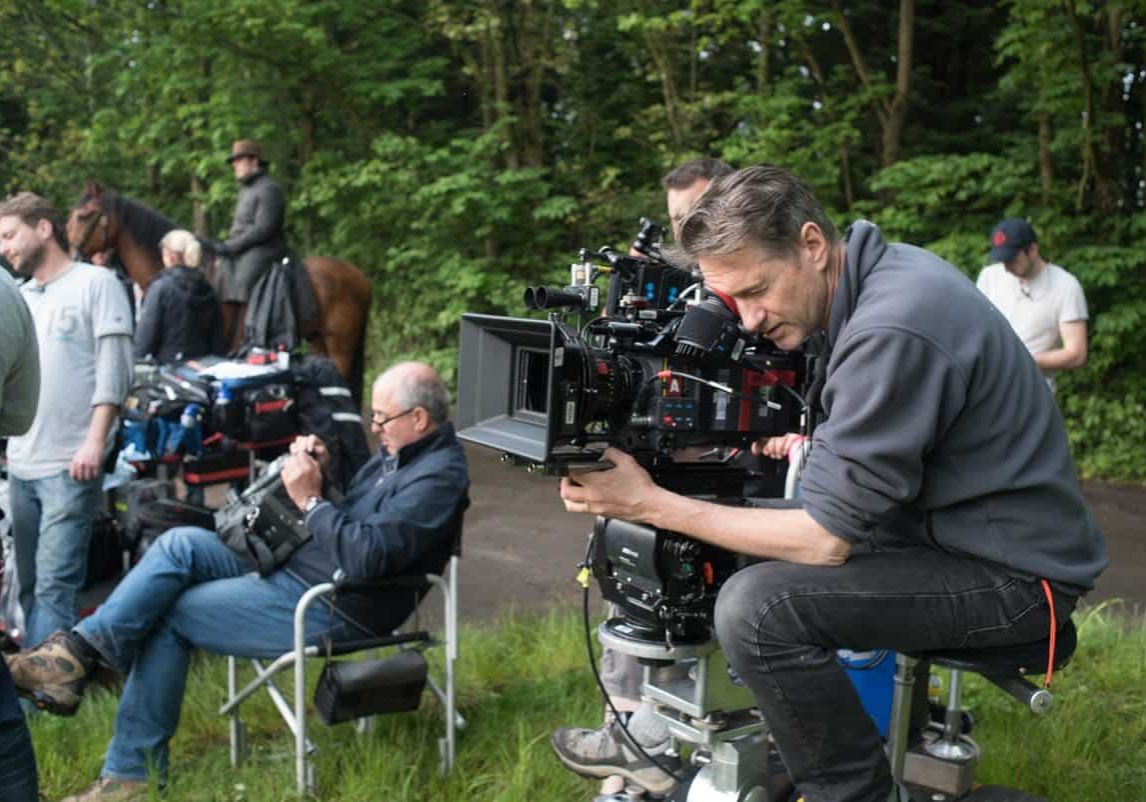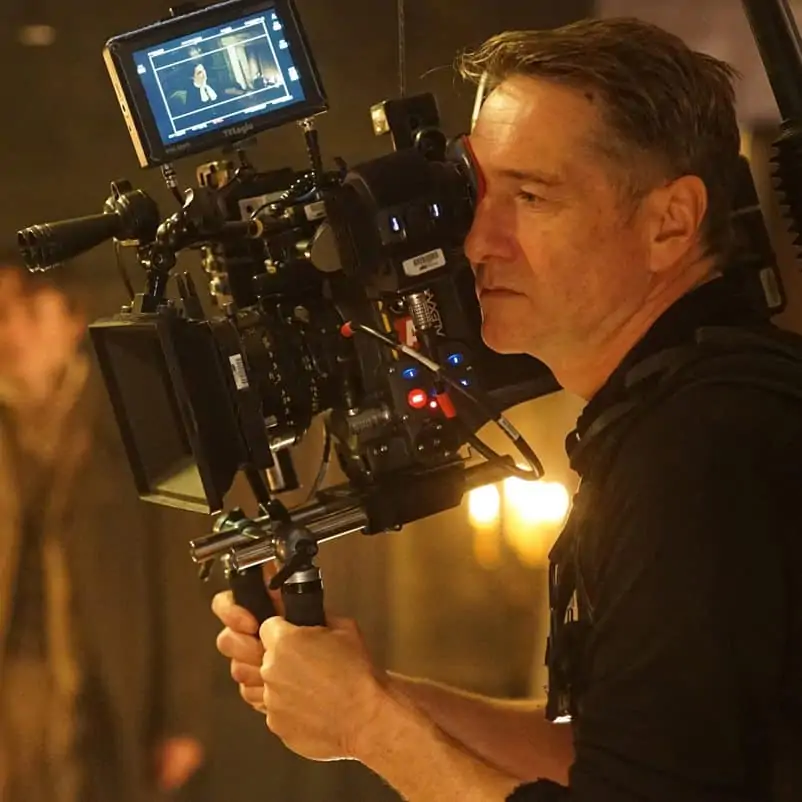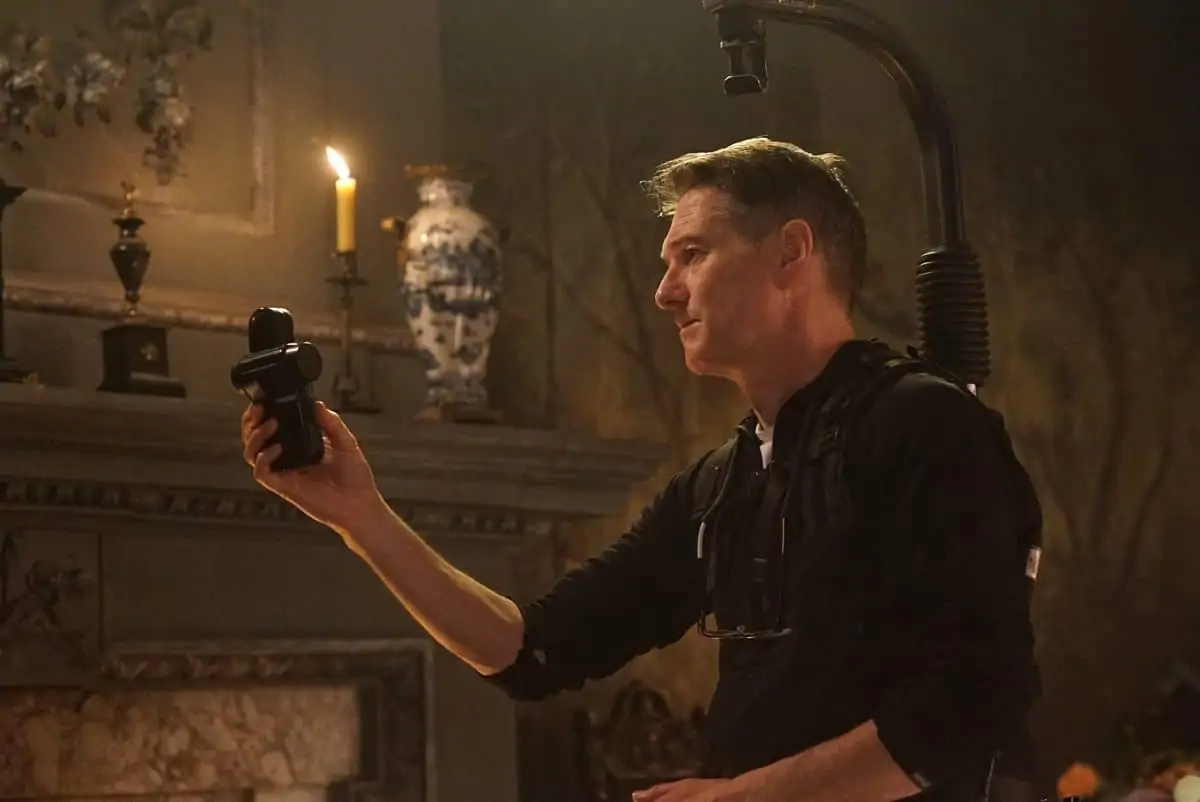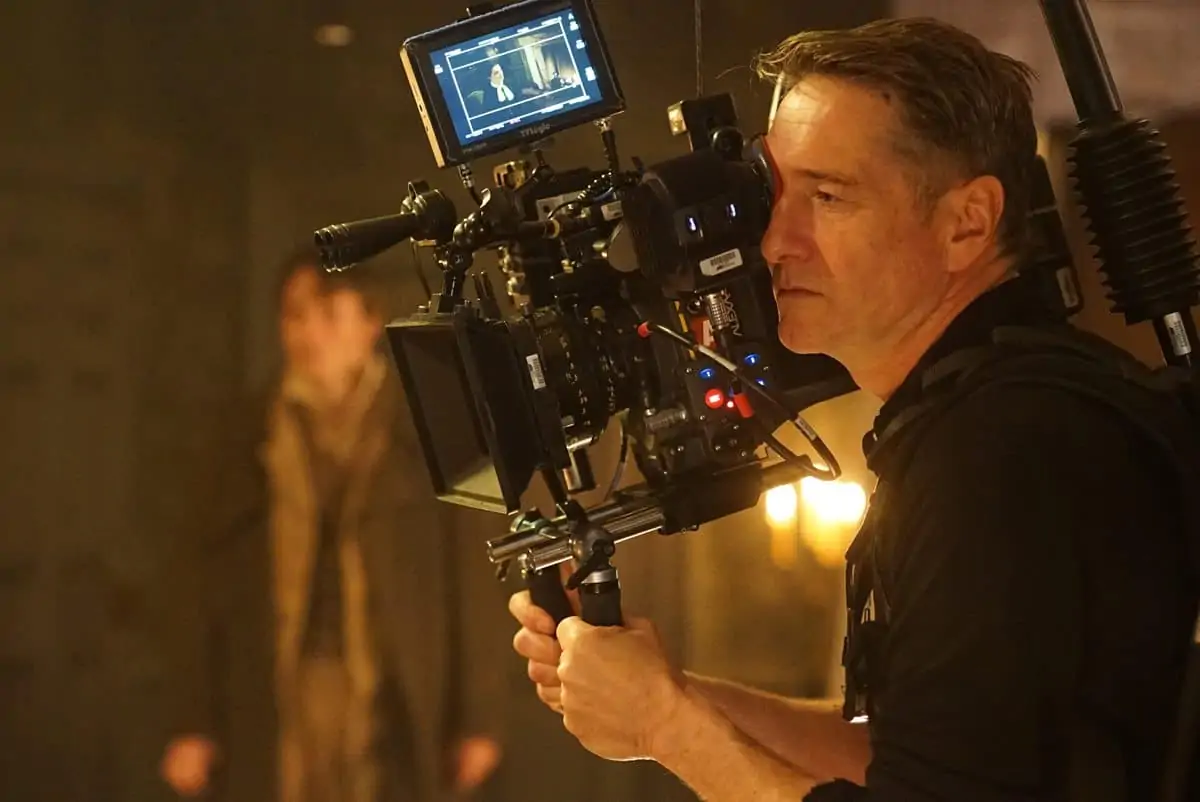International illumination
President's Perspective / Mike Eley BSC

International illumination
President's Perspective / Mike Eley BSC
This edition (84, November 2017) of the BSC magazine celebrates the 25th anniversary of both IMAGO and Camerimage, a body and an event respectively that provide forums for our profession and which embody supportive coexistence.
I went to my first IMAGO conference in 2011, in Belgium, where I witnessed the continuation of long-held friendships and much camaraderie. A few tempers of course – confederations will invariably give rise to those occasionally – but also passionate debate and, ultimately, a sense of purpose and willingness to look beyond the immediate. And that seems to be the essential difference between ‘union’ and isolationism. The former knows there is a future to protect and preserve. The latter, so often, is reactive and nostalgic. I’m all for nostalgia, but it cannot be the be-all-and-end-all.
I write this whilst on location in Serbia, one of four countries I’ve been working in over the last month, the others being France, Russia and Croatia. In each country I have worked with a new crew, picking up a camera and lighting team from the pool of talent in each region. I am glad (and not a little relieved) to say that it has been a highly energising and enjoyable experience, and it has reminded me of what we all have in common as filmmakers.
The continuity of a regular camera crew is not as prevalent as it used to be. Back in the day, studio crews could be as thick as thieves for years, providing long-term employment for any given team that did things ‘just so’. By many accounts, they became second families to those embedded in-house. Jobs were handed down, invariably, from father to son, or via some other favoured male line. Dynasties were born.
Certainly, work anxieties can be allayed if you are familiar with the person next to you. Instinctively knowing what is required at any given moment is very often what keeps a film on schedule. And in documentaries, having a regular collaborator can be more than a vital work asset. One’s life and livelihood, literally, can be on the line in an instant. You need someone you can trust to watch your back.
But in a freelance and ‘flexible’ world where below-the-line workers migrate, either through choice or necessity, from one job to another, the continuity of collaborators can be a rare thing. Producers are becoming increasingly unwilling to travel and board non-HoD crew members as they discover (cheaper) personnel, infrastructure and very attractive tax-relief regions across the globe.
So in this silver anniversary year of celebrated cinematography, I find myself sitting in a Belgrade café, once a city behind the Iron Curtain but now very much leaning toward Europe, and considering the travel-the-world-and-meet-new-and-exciting-people side of our job, witnessing permutations of a familiar system, with cultural flourishes.
"This pan-European experience goes to show that we who work in this industry are incredibly lucky, because we not only get to see the world, but we also get to work with the people in it and, in so doing, share a passion for how light plays across a story."
- Mike Eley BSC
I think of the collection of rare old lenses offered up by a Russian first AC and son of a retired cinematographer who raided his dad’s cupboard after rental houses let him down. An unconventional solution perhaps, but a poignant and charming one. History laid out in open boxes. And we did use that old glass. I think of the unerringly good Lithuanian focus-puller who, in explaining his sure-fire method, evoked his time as a sniper in the army. There’s the Italian AD too, who refused to fly in a helicopter because the pilot was wearing purple, the colour of The Vatican and traditional scourge of “travelling entertainers”.
I think of the universal ingenuity and improvisation of the grip department that, wherever you go, never ceases to impress. If it doesn’t exist, they will build it, with whatever is at hand. True Mothers of Invention.
Some expectations of course go unmet; how disappointed was I to discover that our French cousins do not, contrary to legend, enjoy two hour lunches complete with wine?
While Brexit plays out like a slow-motion car crash and isolationism tries desperately to find a finger-hold on the public imagination, this pan-European experience goes to show that we who work in this industry are incredibly lucky, because we not only get to see the world, but we also get to work with the people in it and, in so doing, share a passion for how light plays across a story.
Cinema is the true window on the world. Dugo ziveti razlika! (as they say in Serbia)*.
And on a not unrelated note, the community of world cinematographers recently received the very welcome news that John Bailey ASC is the new president of the Academy of Motion Picture Arts and Sciences. It is the first time a cinematographer has held the presidency in the Academy’s ninety-year history. At a time when our profession is beleaguered and threatened with diminishing returns, on all fronts, it is heartening to see one of our own attain the highest position within the world’s most prestigious film institution. We all wish him luck in his post and hope his tenure augers well for the standing of cinematography and its practitioners across the globe.
Mike Eley BSC
President
British Society Of Cinematographers
*Vive la difference!









